The triangular arrangement of ten pins at the end of a bowling lane is one of the most recognizable symbols in sports. Yet few players pause to consider the engineering precision, historical significance, and psychological impact behind this deceptively simple formation. The geometry of the pin setup isn't arbitrary - it follows mathematical principles that have been refined over centuries to create the perfect balance between challenge and playability.
Historical Evolution of Pin Arrangement
Early forms of bowling in ancient Egypt and Germany used varying numbers of pins in haphazard formations. The modern ten-pin triangle emerged from 19th century American bowling alleys where proprietors sought to standardize the game. What began as experimentation with nine-pin formations (outlawed in many states due to gambling associations) gradually evolved into the ten-pin setup we know today. The equilateral triangle with 4-3-2-1 spacing proved ideal for creating multiple strike possibilities while maintaining consistent pin action physics.
The specific 12-inch spacing between pins wasn't settled overnight. Alley owners conducted thousands of test games before determining this distance created the optimal combination of pin scatter and rack stability. Too close together and pins would knock each other down too easily; too far apart and the game became impossibly difficult. This Goldilocks zone of pin placement remains unchanged since its adoption by the American Bowling Congress in 1895.
Physics Behind the Pyramid
At the molecular level, the pin arrangement creates predictable chaos. When a 16-pound ball impacts the 1-pin (headpin) at approximately 16-20 mph, the energy transfers through the formation according to rigid physical laws. The 30-degree angle between pins allows for clean entry into the "pocket" between the 1-3 pins for right-handed bowlers (1-2 for lefties), creating the maximum strike potential. Modern synthetic pin decks are engineered to provide just enough friction to allow pins to slide while maintaining their upright position until struck.
Pin placement affects scoring more dramatically than most casual players realize. The USBC's Pin Carry Study revealed that a perfect strike occurs when the 4-pin crosses between the 7-10 pins (the "split killers") at precisely 55 degrees. This movement is only possible because of the exact 12-inch spacing standardized across all regulation lanes. Even a half-inch deviation in pin placement can reduce strike percentages by nearly 18% according to bowling biomechanists.
Psychological Warfare in the Rack
Tournament players develop an almost mystical relationship with the pin setup. The triangular formation creates optical illusions - from certain angles, the pins appear closer together than they actually are, causing inexperienced bowlers to misjudge their target. Professionals learn to "read the rack," noticing subtle variations in pin alignment that might indicate lane conditions or machine malfunctions. Some swear they can predict spare conversions simply by observing how pins stand in relation to their neighbors before delivery.
The visual symmetry of the formation plays tricks on the mind. Most humans perceive triangles as stable shapes, which makes the dramatic collapse of pins psychologically satisfying. Neurological studies show the brain releases more dopamine when seeing pins scatter from an organized formation compared to random objects falling. Bowling centers exploit this by using contrasting colors between pins and decks to heighten the visual drama of crashes.
Manufacturing Precision
Creating regulation pins requires astonishing precision. Each pin must weigh between 3lb 6oz and 3lb 10oz, with a center of gravity exactly 5-3/4 inches from the base. The plastic molding process ensures uniform density so pins react consistently when struck. Even the glossy coating serves a purpose - it reduces friction during pin collisions while providing enough grip to prevent excessive sliding on the deck.
Modern automated pinsetters position each pin within 1/10 inch of its theoretical perfect location. Laser alignment systems check pin placement between frames, making adjustments for the microscopic lane warping that occurs during heavy use. This mechanical precision maintains fair conditions throughout marathon bowling sessions when human eyes can no longer detect subtle placement errors.
The humble bowling pin formation represents a perfect marriage of sports engineering and game design. What appears as simple white objects in a triangle is actually a carefully calibrated system refined over generations to create the perfect balance of skill and luck. Next time you line up your approach, take a moment to appreciate the centuries of innovation standing in that neat little pyramid waiting to fall.

By Christopher Harris/May 8, 2025
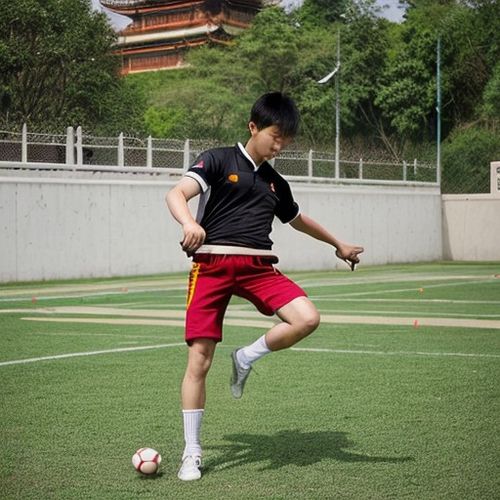
By Laura Wilson/May 8, 2025
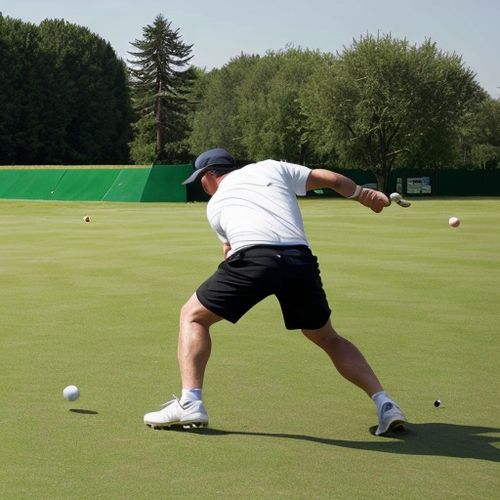
By Amanda Phillips/May 8, 2025
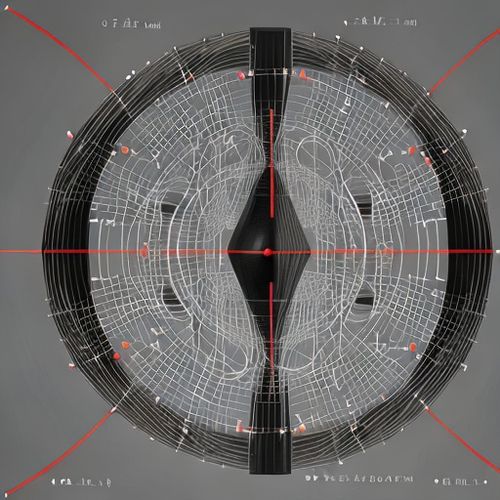
By William Miller/May 8, 2025
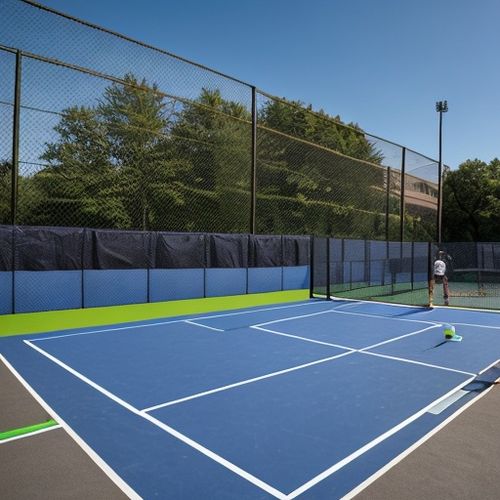
By Noah Bell/May 8, 2025
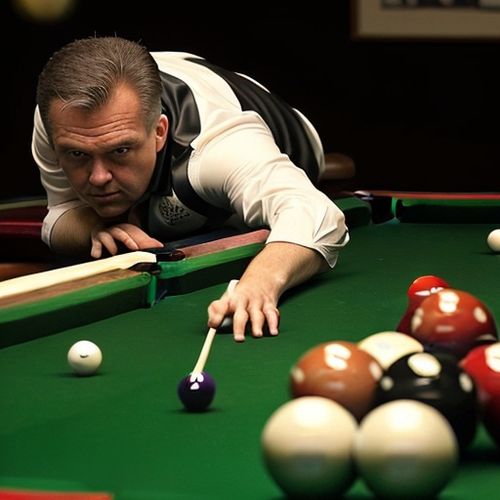
By Elizabeth Taylor/May 8, 2025

By Joshua Howard/May 8, 2025
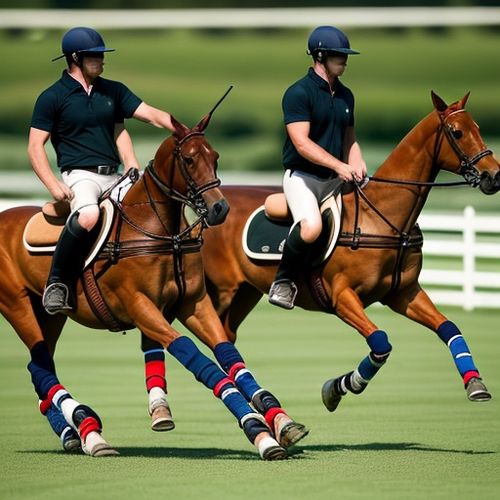
By Ryan Martin/May 8, 2025

By George Bailey/May 8, 2025

By Natalie Campbell/May 8, 2025

By Joshua Howard/May 8, 2025
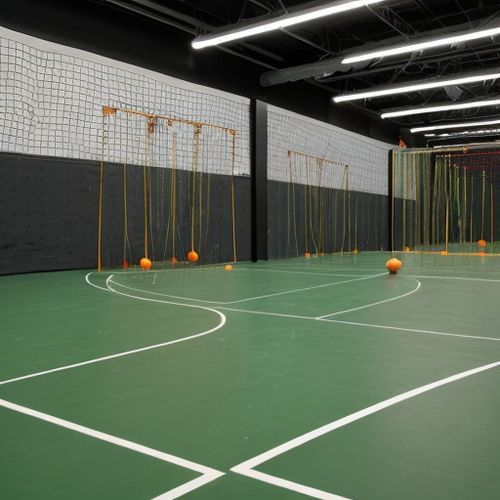
By Elizabeth Taylor/May 8, 2025

By Samuel Cooper/May 8, 2025
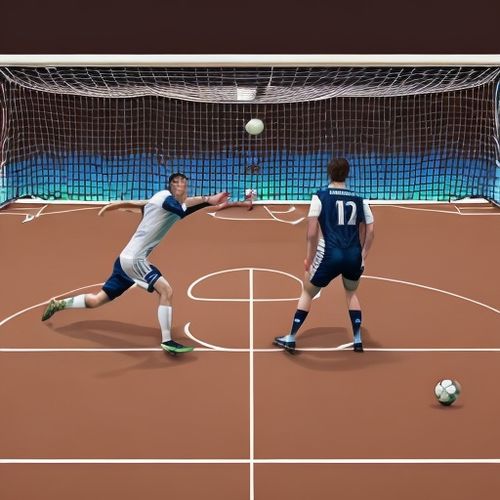
By Joshua Howard/May 8, 2025
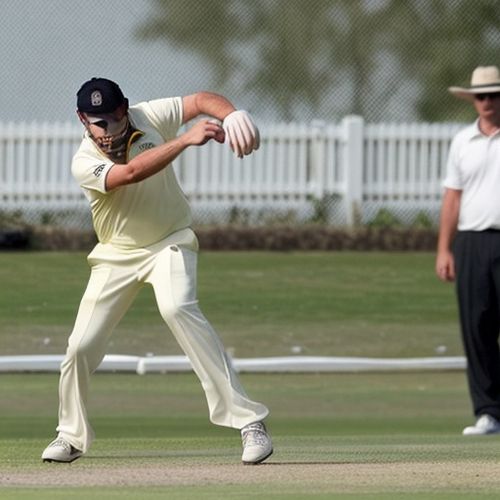
By Grace Cox/May 8, 2025

By Christopher Harris/May 8, 2025

By Samuel Cooper/May 8, 2025

By Sophia Lewis/May 8, 2025
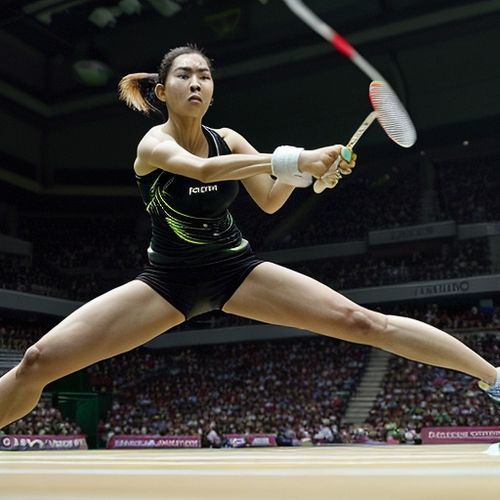
By Eric Ward/May 8, 2025
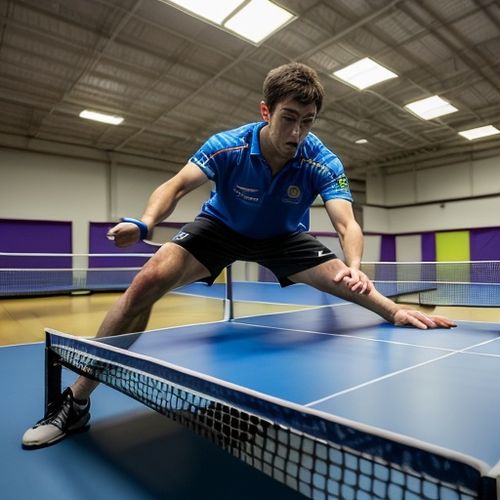
By Sarah Davis/May 8, 2025